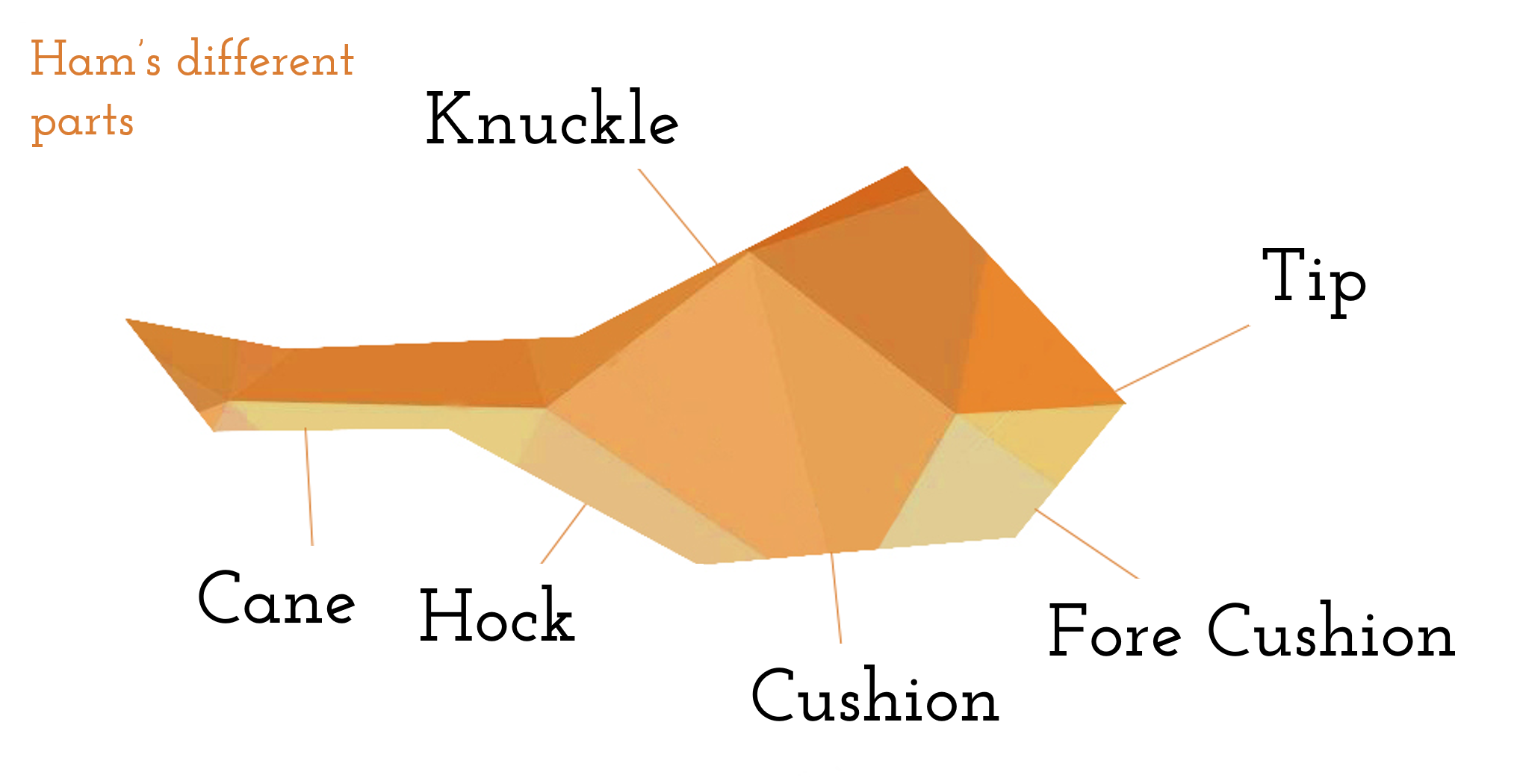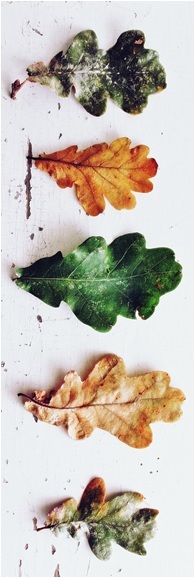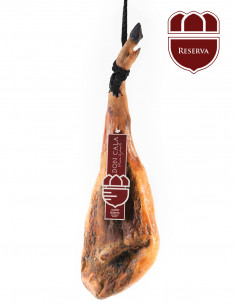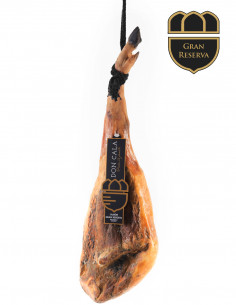-

HAM
Let yourself be seduced by our ham
produced in Guijuelo.
The very best of Spanish cuisine.
Hams are the most widely recognised part of the pig. They come from the two hind thighs of the pig which are bursting with meat. Each and every Don Cala ham is a unique piece straight from the natural curing cellars of Guijuelo (Salamanca). Its delicate and distinctive flavour surpasses even the most demanding expectations of Spanish cuisine. Discover our 4 ranges of 100% home-made hams and delight those you love the most with the aroma of the best freshly cut ham in the world.
Ham TRADICIÓN




50%

natural

curing time
Ham SENSACIÓN





75%

natural

curing time

reared
Ham RESERVA






75%

natural

curing time

reared
Ham GRAN RESERVA






100%

natural

curing time

reared
The preparation of our ham
Once the pig is reared during the acorn season on the finest pasture lands in Spain between Guijuelo and Ciudad Rodrigo the careful hand crafting of each piece begins. The key phases of preparation of our Don Cala hams are the salting, washing, natural drying and finally the curing in our Salamanca cellars.
The meticulous selection of each piece, family knowledge and curing time, are all essential elements to guarantee the best quality possible.
How to carve a ham?
Cutting a ham is not an easy task, but never fear, you’re not the first and you certainly won’t be the last person to want to know how to cut a ham. Ready to get started? Read on to learn how to cut a ham like a professional.
- How to start
To begin cutting a ham, you must place it in the holder with the hoof pointing upwards. This way the knife will slide effortlessly through the cushion and the fore cushion of the ham (the parts that remain facing up). On the opposite side we have the knuckle and hock and at the end of the ham is the tip.
- Let’s continue
Check that the ham is firmly held and that it does not move. In addition, it should be placed in a way that guarantees an optimal cut. Make sure it’s at the right position and height.
- Preparing to carve
With a wide blade knife, make a deep cut two centimeters from the hock. This is a protruding bone under the hoof and very easy to find. Cut at a 45 degree angle towards the bone.
- Time to clean it!
With the same knife, trim the yellow fat from the part you want to taste between the cushion and the hock. Once you have removed the yellow outer layer, you will find a whitish or pinkish fat.
- Time to taste!
Or nearly! We can now begin to cut the first slices. Begin cutting from the highest part of the cushion. Make sure the cuts are horizontal. As you work the knife, you will expand the cutting area until you find the entire cushion area exposed.
- Beware
Carving horizontally through the cushion will lead to the hip bone at the end of the cut. Do not cut into it! If you do, you could dislodge splinters into your ham. Cut around the bone as close as possible without cutting into it. This way, you can continue cutting horizontally and separating the meat from the bone, and once you reach the hip bone area the meat will separate by itself.
- The under side of the ham
If you turn your ham over, you can also eat the babilla (knuckle) part. Just as before, you should slice horizontally and parallel to the cuts you made to the cushion. Equally, you should remove the yellow outer layer of your ham to eat the knuckle which cures earlier than the other parts.
- Once again
It will lead to the hip bone. Cut around the hip bone carefully with a boning knife then make thin straight cuts until there is practically no meat remaining on your ham.
- Wait a minute!
We said practically! Once there are no slices left to cut, you can still use the remains to cut away any taquitos (diced ham cubes). These can be used to add flavour to stews or broths. As the saying goes: “The pig has forty flavours, all of them tasty.”
How to conserve a ham once carved?
Another important question is how to conserve a ham once carved. Obviously, however exquisite a ham may be, it would be unlikely to finish a piece in one sitting.
Conserving the ham properly and making sure it doesn’t get too dry is essential to avoid spoiling its flavour. Don Cala will enlighten you.
- Every part of the pig is utilised
To avoid drying your ham once cut, we recommend keeping the first layer of yellowish grease on the haunch as a protective layer through 2 cutting sessions.
- Anything else?
Yes, there are several options when it comes to covering the ham.
Firstly, you may wrap it in cling film. This will preserve the freshness of your ham but should only be used when you want to keep the piece temporarily. This is because the ham constantly expels moisture which is "trapped" by the film and could lead to the appearance of mould.
A second longer term option is simply to cover the ham with a clean cotton cloth. The cloth will protect your ham for longer and allow it to breathe. However, before retasting your piece you must remove the part that has dried out.
- Some final secrets
There are certain secrets that can also help you preserve your ham.
For example, the ideal conditions for the preservation of your ham is to keep it at an ambient temperature of between 20 and 23 degrees.
Another factor to keep in mind, is that despite having no expiration date, the ham will eventually dry out; therefore, it is recommended that once cut it is consumed within one month.
Finally, if you do not plan to use your ham again in the near future, then we recommend it is vacuum packed. Sliced and packed, your ham can remain in perfect condition for up to 90 days and still retain its exquisite flavour. This method offers several advantages, it is much easier to store than the entire leg and when the mood takes you, you simply remove the packed slices from the fridge let them settle for a few minutes and enjoy.

A Pata Negra Ham meticulously selected by our hams masters. Let yourself be seduced by the real Iberian ham and Cebo de Campo ham.




















